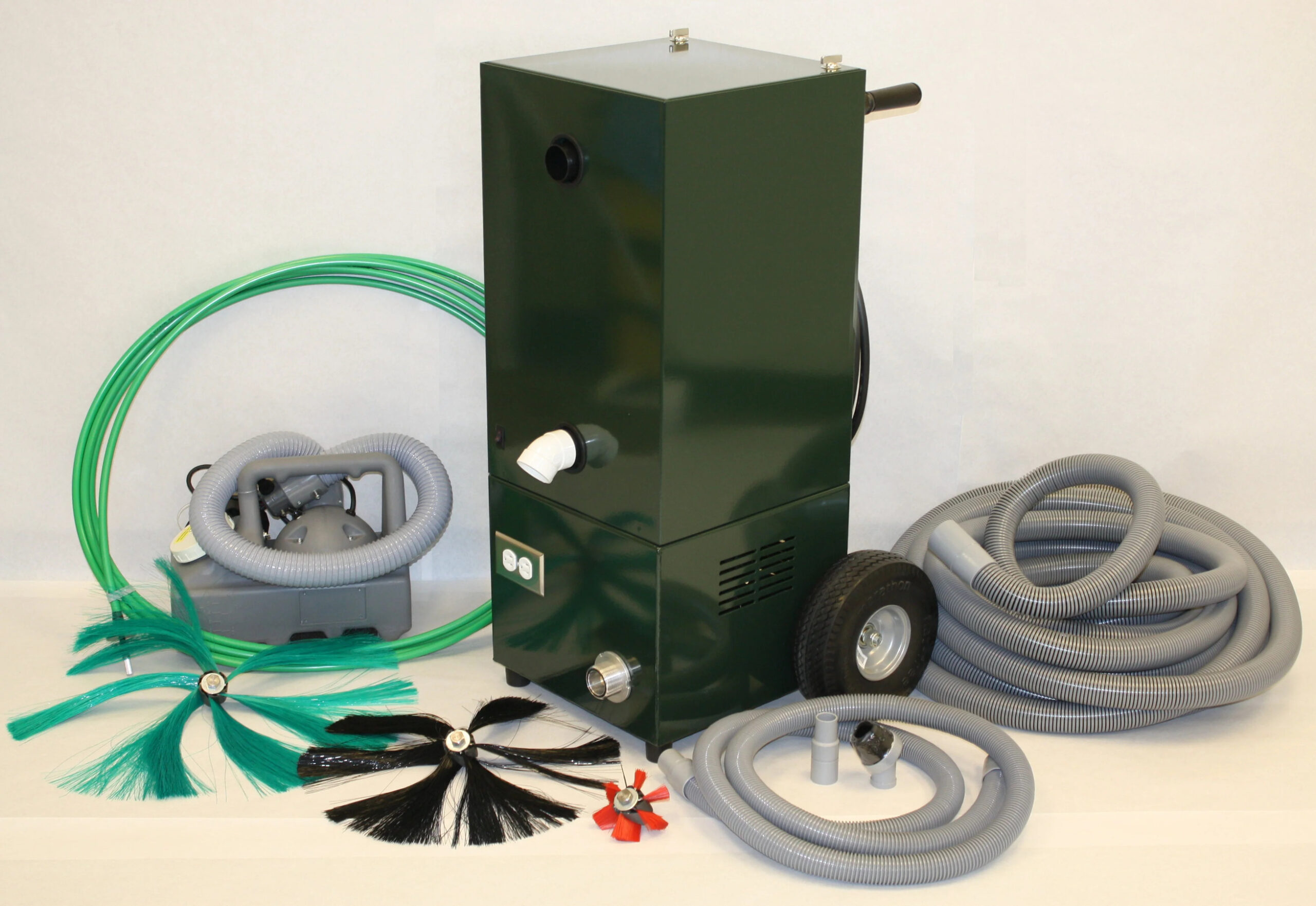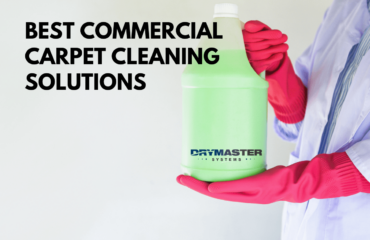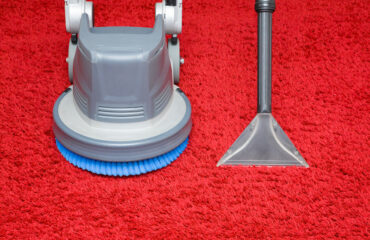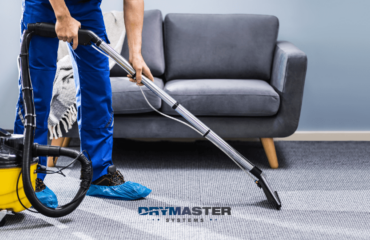To run an air duct cleaning business successfully, you need more than just a fundamental grasp of HVAC systems; having the right specialized tools and equipment is essential. Understanding the importance of safety gear and cleaning supplies can help you provide thorough, efficient, and safe air duct cleaning services.
If you’re considering starting an air duct cleaning business, check out this list of necessary tools to ensure you deliver top-quality service.
Access Tools
Access to duct interiors is typically through existing openings like return grills and service openings. However, creating new access points is sometimes necessary to reach hard-to-reach areas in complex HVAC layouts, including branching networks and long duct runs.
Access tools help technicians inspect deep within ductwork to identify mold, dust, and debris. They also allow for creating new access points without damaging ducts, preventing air leaks and contamination, and ensuring you comply with the guidelines recommended by regulatory bodies such as the National Air Duct Cleaners Association (NADCA).
When launching an air duct cleaning business, you’ll need a range of common access tools, including:
(please be advised that some of these services required HVAC state license)
- Drill and duct hole-cutting attachments: Drills with hole-cutting bits allow you to create precise access points in the ductwork for inspection and cleaning without causing damage.
- Ladders or scaffolding: Ladders and scaffolding are necessary for reaching ducts that are positioned high or in challenging locations. They help ensure your safety and stability during the cleaning process.
- Duct plugs: After creating access holes, duct plugs are used to securely seal these openings after cleaning. This ensures that the ducts remain airtight.
- Metal sheeting: This is used to fabricate new access panels or repair existing ductwork.
- Duct or foil tape: Duct tape is used for sealing and repairing ductwork. This ensures seals are airtight at joints and seams to prevent air leaks.
Inspection Tools
Inspection tools accurately assess the condition of the ductwork. Tools like cameras and air flow meters allow you to thoroughly inspect the interiors, identifying any blockages, mold growth, or debris buildup. This accurate assessment is key to effective cleaning, ensuring that all issues are addressed to maintain optimal air quality and system efficiency.
As part of your air cleaning business, you’ll need the following inspection equipment:
- Inspection cameras: Inspection cameras, which are snake-like and mounted on flexible rods, maneuver through ductwork and provide real-time video feedback. You can also choose duct cleaning systems with integrated cameras for easier duct checks.
- Air flow meters: Αir flow meters to measure airflow velocity and volume in the ducts, helping you identify obstructions or leaks affecting system performance.
- Thermal imaging cameras: Thermal imaging cameras detect temperature variations in ductwork, revealing blockages or poorly insulated areas.
- Moisture meters: Moisture meters can detect the presence of moisture in and around ducts, which indicate conditions that promote mold growth.
- Particle counters: Particle counters measure airborne particle concentration so you can assess ductwork contamination levels.
- Mirror and flashlight: A handheld mirror and flashlight are ideal for quick visual inspections near access points.
- CO₂ monitors: In systems with combustion appliances like furnaces, use CO₂ monitors to ensure combustion gasses are adequately vented and not leaking into the duct system.
Hand Cleaning Tools
Use hand tools alongside automated equipment to ensure you address issues in all areas of the ductwork. Often, hand tools are more effective at dislodging and removing stubborn debris and build-up than automated tools.
Hand tools also provide you with greater control over the cleaning process. You can apply more pressure in heavily soiled areas or be gentler on sensitive ductwork parts, minimizing the risk of damage during cleaning.
To thoroughly clean inside air ducts, you need the following hand tools:
- Various brushes: Brushes come in different shapes and sizes and are designed to physically dislodge dust and debris from the duct surfaces. You can use manual brushes or models attached to a rotating system.
- Air skippers (air captains): Air skippers use compressed air to agitate and dislodge dirt and debris inside the ductwork.
- Air whips: Equipped with flexible, plastic limbs, air whips beat against the duct walls to break loose any trapped debris, which is then moved towards the vacuum system by air jets.
- Blowguns: You can use blowguns to direct high-pressure air streams into the ducts to dislodge and remove dust and debris.
- Motorized brushes (rotational brushes): Motorized brushes have firm nylon bristles and rotate to scrub the sides of the ducts clean.
- Soft-bristled brushes: Made with poly fibers, these brushes are gentler and ideal for cleaning flexible ductwork or delicate ventilation systems.
- Foggers for sanitizers: After cleaning, you can use a fogger to apply sanitizers or deodorizers to disinfect the inside of the ductwork.
Vacuum Collection Equipment
Vacuum collection systems are vital for removing dust, debris, and contaminants that have been dislodged from the ductwork, keeping them from spreading into the indoor air. This step is important for preserving indoor air quality and avoiding health risks such as allergies or respiratory issues. These systems enable a more comprehensive cleaning by extracting even the tiniest particles and dust mites.
Key components of vacuum collection equipment include:
- HEPA-filtered vacuums: HEPA-filtered vacuums trap extremely fine particles, as small as 0.3 microns, ensuring the air released back into the environment is clean.
- Collection units: Collection units, either truck-mounted or portable, are designed to extract and contain debris from the ductwork. These powerful vacuum systems often have removable HEPA-certified collection bags, making waste disposal easier.
- Vacuum hoses: Connect vacuum hoses to various cleaning tools, like rotary brushes, to extract debris from different parts of the duct system.
- Pre-filter systems: Incorporate pre-filter systems to capture larger particles before they reach the main HEPA filters. This extends the filter’s life and maintains the efficiency of your vacuum unit.
Compressed Air Source
Tools like air skippers, air whips, and blowguns depend on high-pressure air to dislodge and remove dust, debris, and other contaminants from the ductwork. Compressed air is also used to distribute cleaning agents throughout the duct system for a more thorough cleaning.
You can use a portable air compressor for small to medium residential jobs or a truck-mounted unit for large-scale commercial cleaning tasks.
PPE Gear and Protective Covers
Personal Protective Equipment (PPE) and protective covers ensure your health and safety and prevent indoor contamination during cleaning. PPE protects against exposure to harmful contaminants like mold, dust, and other allergens that can be present in ductwork. These contaminants can lead to serious respiratory hazards, including Legionnaires’ disease and asthma.
Essential PPE and protective covers include:
- Respirators or N-95 masks: Always wear a mask to stop yourself from inhaling harmful particles.
- Gloves: Protect your hands from sharp edges, cleaning chemicals, and contaminants with heavy-duty latex or rubber gloves.
- Safety goggles: To shield your eyes from dust, debris, particulate matter, and active cleaning brushes, wear anti-fogging, scratch-resistant plastic safety goggles.
- Disposable coveralls: Coveralls protect your clothing and skin from contaminants inside the ductwork.
- Shoe covers: If you need to enter the ducts, shoe covers prevent you from tracking dirt and debris into clean areas.
- Drop cloths and plastic sheeting: Use these items to cover and protect furniture and flooring from dust and debris during the cleaning process.
Want to Start an Air Duct Cleaning Business?
If you’re interested in starting your own air duct cleaning business, DryMaster Systems makes it easy to kick-start your cleaning company. We provide you with all the equipment and training you need, as well as marketing materials and ongoing support.
Contact us to discover how you can become a DryMasters affiliate and how to set up a successful air duct cleaning business.




